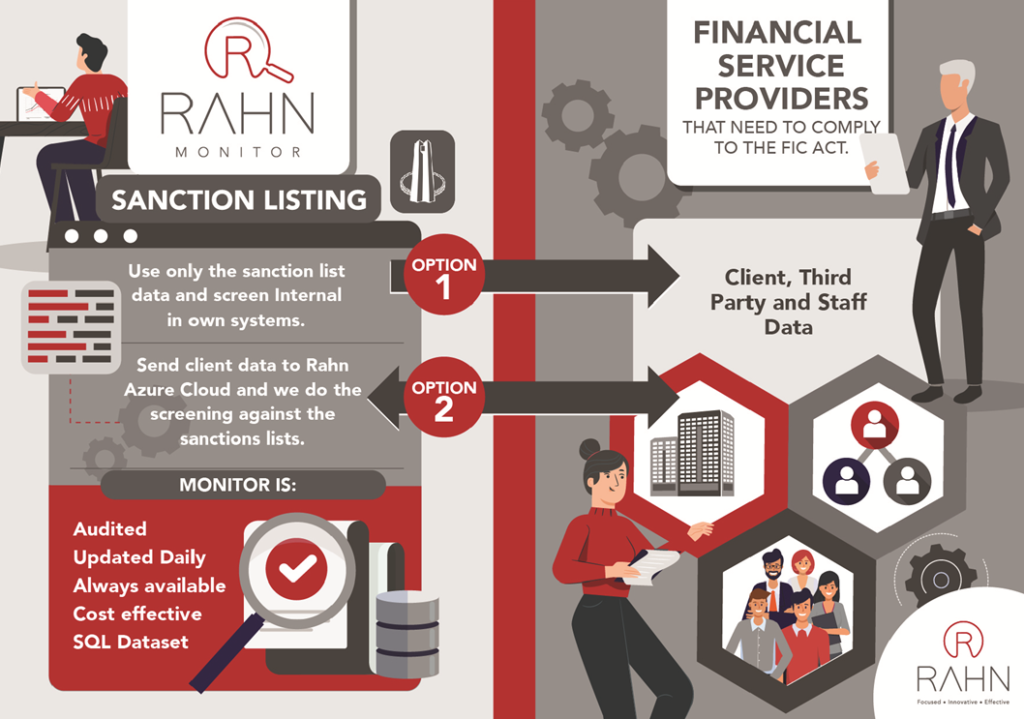Green Crime
The Rising Threat of Environmental Criminality

Financial or Cyber Crimes are examples of crimes against people. Crime is creative, it’s everywhere – and as always, nothing new. The very nature of any business is to exploit an opportunity versus a demand. These efforts exist in all forms. But the problem lies with the way the product is produced, who the stakeholders are, and if its production process adheres to all legislation – whatever the product may be. This is the grey area in which green crime often covertly operates!
When it comes to our natural surroundings and biodiverse resources – it’s a sensitive and harder thing to determine what constitutes a moral disposition, what is an outright crime, and what represents honourable business – because the line often becomes blurred. Humans rely on the environment exclusively to survive. But with a line in the sand between each other based on what we can harvest, instead of nurture.
Cruelty, too, is binary in its view and a highly debatable and emotional subject, particularly when cultures and traditions clash with the ethical treatment of animals and nature. Crime by definition is also (and always) invisible and covert in its operation. This often makes it extremely difficult to call out the nefarious activities of a seemingly-harmless enterprise or service offering.
The problem is that deviousness is not as easy as it is in the movies to spot. And green crime is particularly sophisticated as it can often be wrapped up in so many “endearing” ways for display, conjuring smiles and applause but for all the wrong reasons. Not to mention the “local economic benefits” disclaimer often added, to distract from its dark, environmental cost.
Crimes Against Mother Nature
This is what Green Crime is all about – heinous acts that exploit our environment for profit. Animal testing/entrapment, illicit trade, poaching and smuggling, just to name a few. Cartels and syndicates running the actual show that we as the public know nothing about. “Just a trinket” from Africa can very easily have a story behind it that can close a curio chain within a heartbeat, should its dark origins be exposed!
Green Crime is Nothing New
Time and a collective understanding of what is ethical, moral and lawful in our attitude towards nature have taught a global society a set of lessons that help define the parameters of what has evolved to be understood as “it’s not cool anymore“.
Raising the awareness around fur coats, baby seals, eating veal, foie-gras, the use of plastic and fireworks in general, to mention but a few. Also adding to the pressure and heat from developed litigation and global advocacy groups to those that deserve it. Those that harm and without accountability for their actions. Refusing to see how it affects us all. Green crime has existed since the dawn of colonisation, heightened during the periods of industrialisation, and still pervades to this day!
The controversies surrounding oil, drilling, fracking or exposes such as the Blackfish documentary come to mind. How has that bear, tiger or elephant been trained to do those spectacular acts on stage? And what is the payoff to the conservation foundations involved from the exploiters to keep the veil up that high? This is just one of our regular blog articles but could very well be a series of books. Where does one start? With a question.
Where Does Green Crime Come From?
It is quite a tricky phenomenon to understand, and it is often very shocking to see how deep some of these environmental crimes run when they are eventually unmasked. It is borne out of greed and the need to make a quick buck, at the expense of the environment and its most vulnerable inhabitants. But technology has developed tenfold, in terms of fighting the problem. Cloud computing now serves us all with verified transparency to identify the ones we should all be after. Combining these advancements with “leaks” and brave whistleblowers, society is now bravely standing up and asking pertinent questions and demanding answers around green crime. It is high time for acts of environmental criminality masquerading as “essential economic activity” to be monitored, identified, flagged and shut down!
RAHN Financial Crime – Engaging the Threat
The transaction monitoring capabilities of the Rahn Financial Crime Platform enable organizations to identify specific types of transactions which can be associated with wildlife Trafficking and the type of people no company can afford to be associated with. This is done by monitoring transactions to identify suspicious activity known to resemble transactions that are concluded by traffickers. An example of such would be transactions where large deposits are immediately withdrawn, close to conservation borders or by screening your transactions through a Sanctions Database.
RAHN Consolidated Pty Ltd. is a Proudly South African company, committed to equipping financial professionals with real-time resources to take the fight against trafficking rings and other organised crime syndicates. Our planet, our ecosystem and future generations depend on our current expertise. Contact us today to explore how we can empower your business with a green crime strategy that keeps your name and reputation clean from any associated harm.



